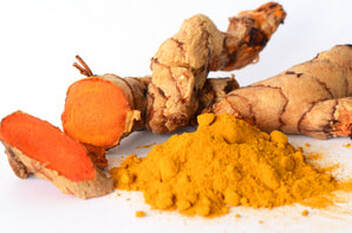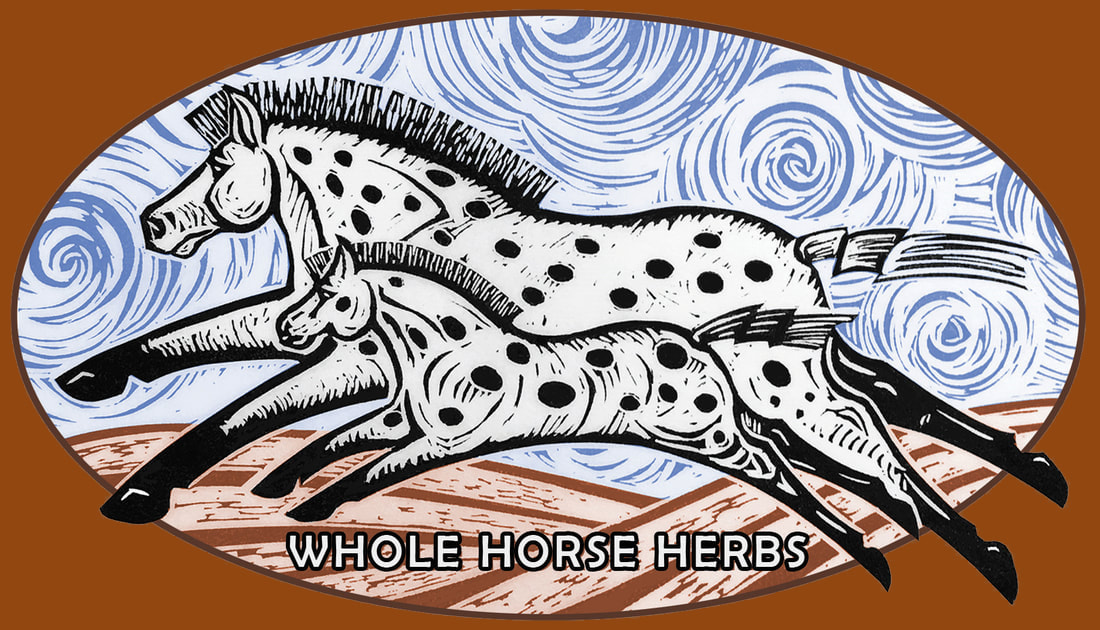Herbs for Equine Rehabilitation
 Turmeric for healing
Turmeric for healing
If you spend any time interacting with horses, you will most likely be involved in wound management and injury rehabilitation. These are inevitable parts of horse ownership. Luckily, there is rehabilitation support available in the form of herbs. Thoughtful application of herbs with first aid, and later during rehabilitation, will help your horse return to work faster, assure a more complete healing and help prevent arthritis and loss of mobility in later life.
Most of the following herbs have a long history in both Chinese and Ayurvedic medicine. Contemporary research has added some new ones to the herbalist’s tool box. Current studies support their traditional uses while adding some modern applications and insights.
Boswellia, or Ru Xiang, is used in Chinese Medicine for trauma, inflammation, bleeding and swelling. The use of Boswellia, also known as frankincense, dates back to biblical times. It was one of the three gifts brought by the Magi mentioned in the nativity story. Modern research of this fragrant tree resin has shown it measurably reduces osteoarthritis pain by reducing the effect of pro-inflammatory cytokines and leukotrienes (inflammatory chemical messengers) and by bone remolding. The Magi were truly wise men; Boswellia is a genuine gift from the herbal world.
Ginger, or Gan Jiang, prevents pro-inflammatory cytokine activity, making it useful for inflammatory conditions, generally. Recent results of a double-blind clinical trial indicated that ginger root was as effective as non-steroidal anti-inflammatory drugs (NSAIDs). Additionally, ginger is much kinder to the equine digestive tract. Ginger is hepato-protective (liver protecting), providing a nice option for long-term pain control.
Turmeric, or Yu Jin, is the yellow spice that gives curry its lovely color. A member of the ginger family and rich in curcumin, turmeric is an antioxidant and anti-inflammatory and lessens the effect of pro-inflammatory cytokines and enzymes like Cox-2 and 5-Lox.
Ginkgo leaf, or Bai Guo Ye -The gingko tree is a living fossil originating in Northern China. Its origins can be traced back in the fossil record 270 million years. Both the seeds and the leaf are used as food and medicine in Asia, where decoctions of ginkgo leaf are popular longevity tonics. Ginkgo was the first plant, perhaps the first living thing, to repopulate the scorched cities of Hiroshima and Nagasaki, Japan, after the atomic bomb devastated the environment. It speaks to ginkgo’s remarkable regeneration abilities. Ginkgo is an antioxidant, reducing the effects of oxidative stress associated with damaged tissues. Ginkgo improves circulation in arteries, veins and capillaries. It contains anti-platelet activating factor (PAF). Platelet activating factor is associated with inflammation and blood clotting resulting from stress, shock and trauma.
Gotu kola, or Ping Da Wan, is frequently used in both Chinese and Ayurvedic Medicine to promote tissue healing. Known to Western herbalists as Indian pennywort, it is perhaps the most comprehensively studied herb in the clinical management of the healing process. Gotu kola increases collagen synthesis and maturation, improving strength of scar tissue and repair of dermal wounds. Several pharmacological studies indicate the mechanism of action behind the tissue healing activity of gotu kola is due to triterpenoids, like asiaticoside.
Grape seed extract is something of a new arrival compared to the other herbals listed here. Grape seed extract supports and stabilizes connective tissue damaged during injury, protecting collagen and elastin by stimulating formation of micro fibrils. Micro fibrils are the tiny, threadlike structures that make up collagen. Collagen is the primary protein of cartilage, connective tissue, tendon, skin and bone.
How to:
Equal amounts of all powdered herbs should be mixed together and stored in a sealed jar. Two to three tablespoons per day is usually adequate for the average 1,000 pound horse during rehabilitation.
See Whole Horse herbs for first aid


